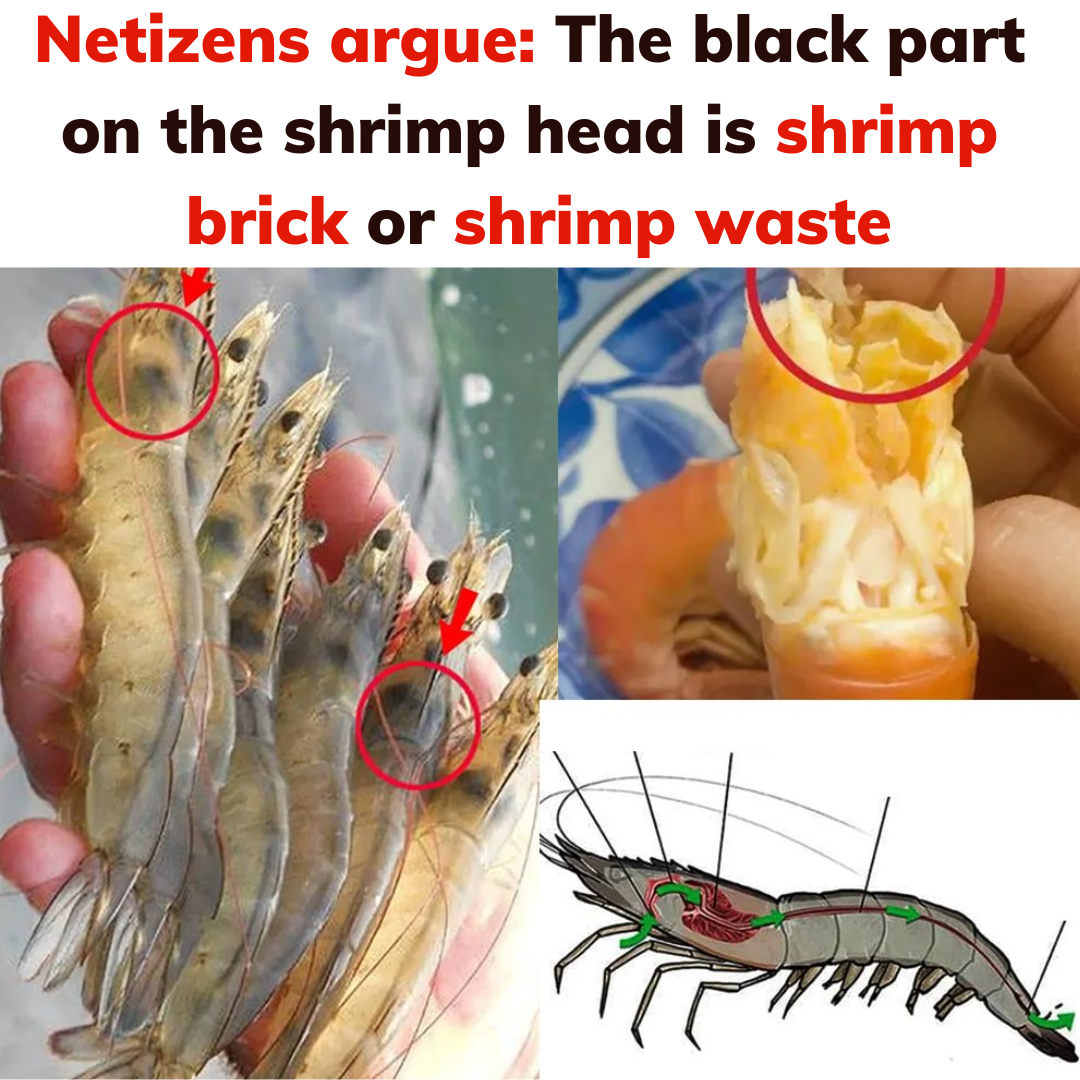
Your shrimp arrives at the table. You’re salivating, ready to dive in. But then your gaze narrows in on the thin black line along the backs of each shellfish. And suddenly, the excitement of tearing into some prawns dissolves as the question bubbles up: Is that…shrimp poop? And perhaps even more importantly, is it okay for you to eat it?
Personally, the thought of poopy seafood is enough to turn my stomach, but before it swore me off shrimp, I wanted to connect with food safety experts to understand what’s actually going on. Is that dark line really what it looks like? And if so, is eating it really something to worry about? Before you get too alarmed, read on to see what the pros have to say.
What’s that black line in shrimp?
The dark line running through the backs of shrimp goes by many names—the dorsal tract, back vein, or sand vein, Tori Stivers, MS, a seafood specialist at the University of Georgia Marine Extension and Georgia Sea Grant, tells SELF. The marking is made up of the shellfish’s stomach, midgut, and intestine. Those structures support the crustacean’s digestive process, so yes, that black stuff is the shrimp’s waste, she says.
As for what you’re actually seeing there? Shrimp are called bottom feeders for a reason: They munch on foods found in the muddy depths of the ocean, like plankton, worms, microscopic animals, and various types of organic debris like sand. So that black line is likely a combination of all those things in various stages of digestion, Dave Love, PhD, a senior scientist at the Johns Hopkins Center for a Livable Future, tells SELF.












